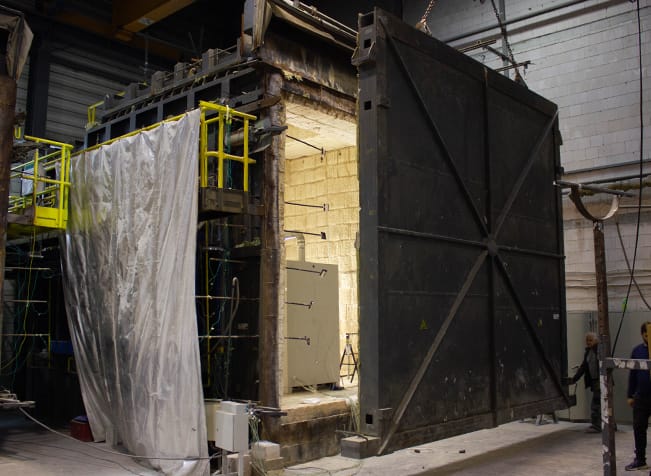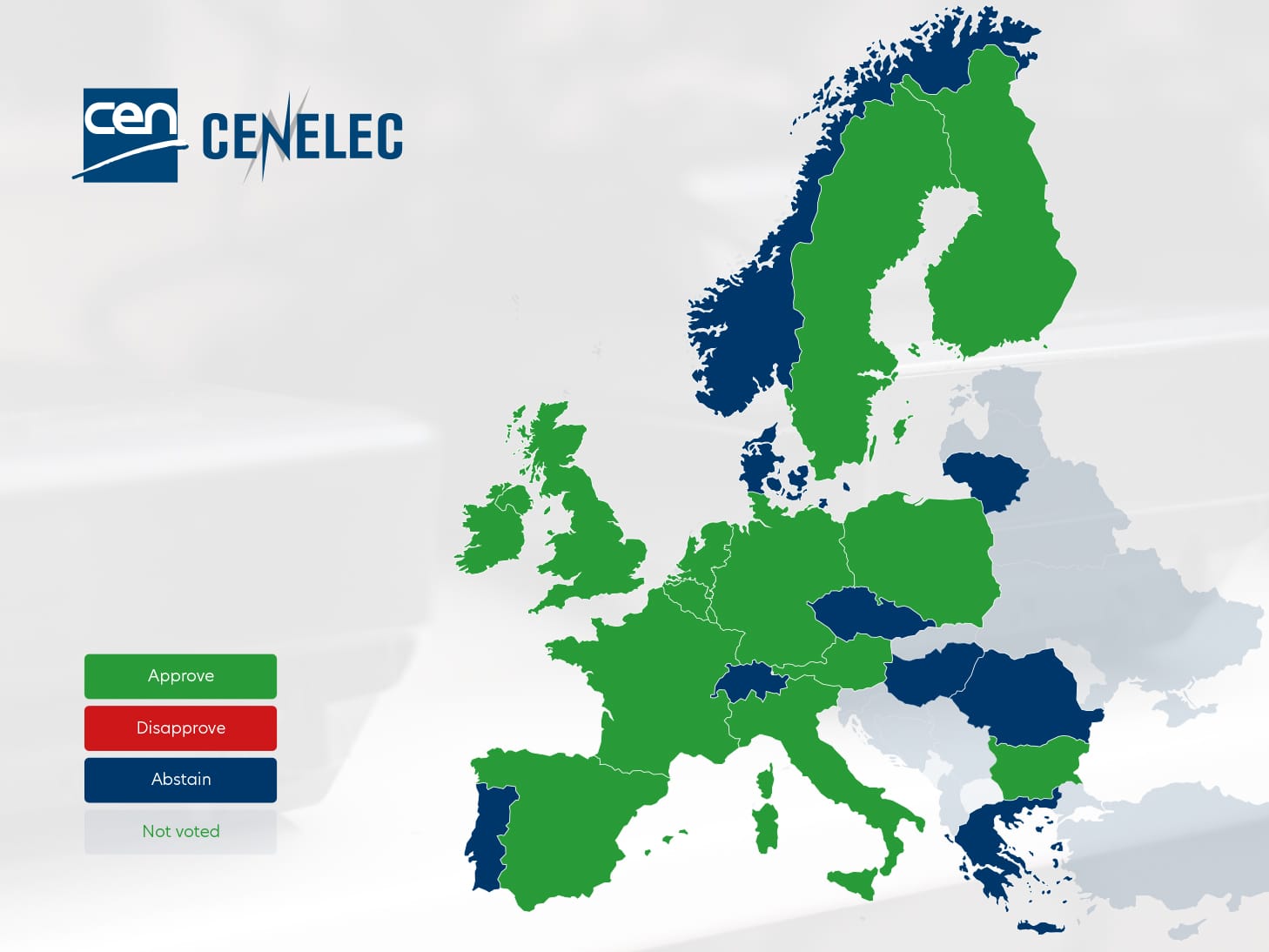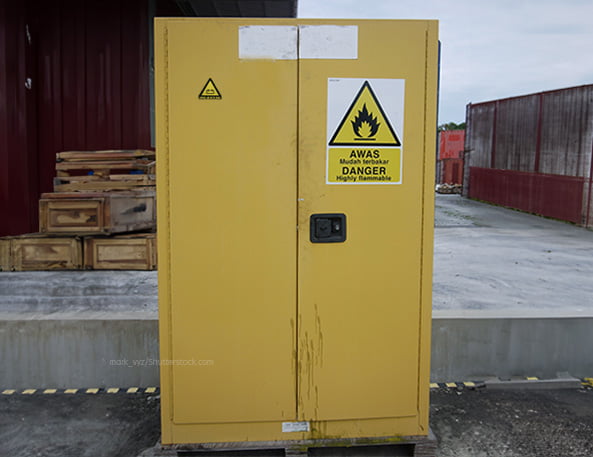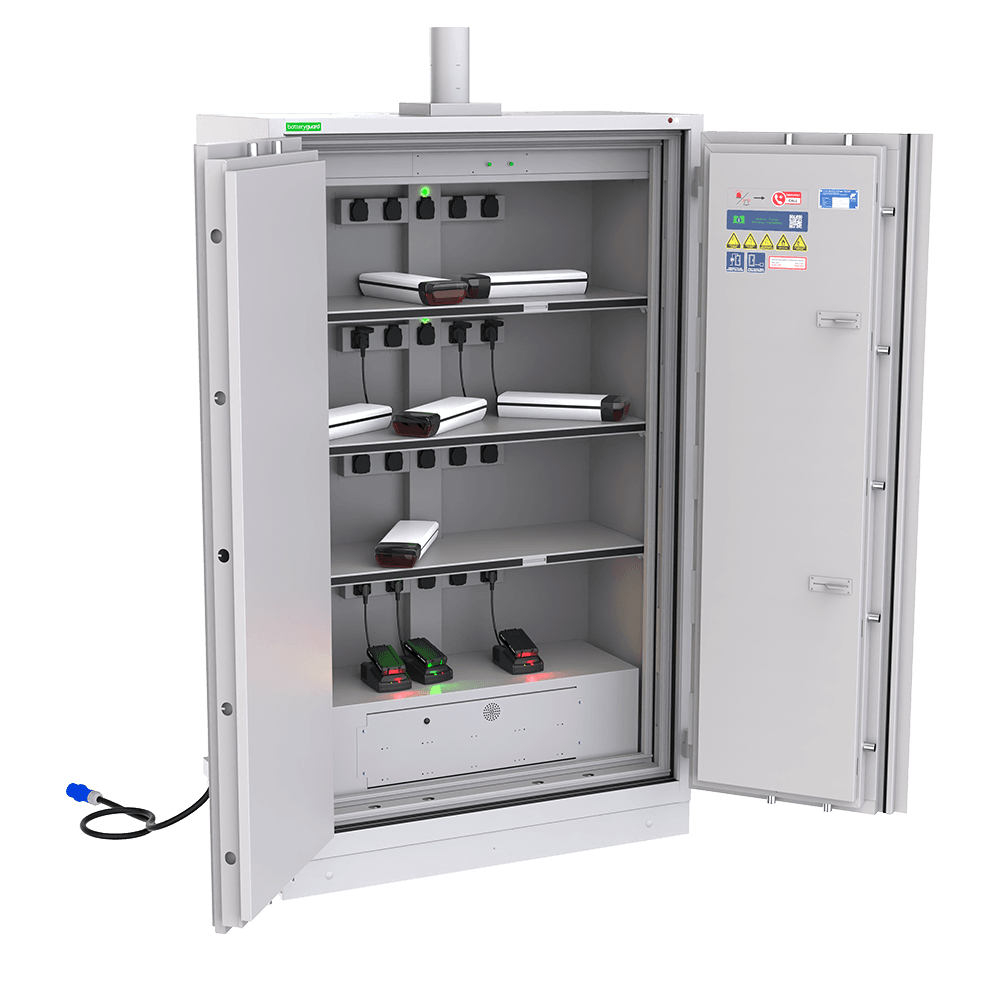Certifications for lithium-ion battery safes
Lithium-ion batteries are convenient to use, but they also carry risks. During charging or storage, they can overheat, catch fire, or even explode. A battery fire not only causes major damage, but also endangers your staff. In the worst case, your entire business may be forced to shut down temporarily.
To prevent that, you need a safe way to store batteries. But which battery safe is truly safe? There are many types on the market. They’re all sold as ‘safe’, but in reality the differences are big.
Certifications help you tell the difference. They show whether a battery safe has really been tested for the types of incidents that can actually happen – like a fire that starts inside the safe.
VDMA 24994: real-world testing for battery safes
VDMA 24994 is the first official testing standard specifically developed for battery safes used to charge or store lithium-ion batteries. The test simulates the worst-case situation: batteries are deliberately brought into thermal runaway. The battery safe must then demonstrate that:
- flames stay inside the safe,
- the doors remain shut under explosion pressure,
- the temperature on the outside stays below 150 °C.
The test is carried out by an accredited test institute, approved by European body ECB-S. That’s important: it means every test is done under strict, standardised conditions – so the test is genuinely reliable.
CE marking – legal foundation
Alongside VDMA 24994, CE marking is also essential. It’s a legal requirement for any battery safe that includes electrical components, such as a charging system or ventilation.
A CE marking means that:
- the product complies with European legislation,
- the safe is proven to be safely designed,
- there is accompanying documentation, such as a manual and risk assessment.
CE marking isn’t just a bonus – it’s a required part of any safe battery storage solution.

The Batteryguard XL battery safe has been tested according to VDMA 24994 and offers proven safety.
How to recognise a certified battery safe
A certification only means something if the safe is truly tested and approved. Fortunately, you can check this yourself.
VDMA 24994: A battery safe tested to VDMA 24994 has a blue ECB-S label on the inside of the safe door. If in doubt, always ask the supplier to show you the official certificate.
CE marking: A safe with CE certification has a CE label on the outside. It usually includes the production year and model code. Ask for the supporting documents if needed.
Not sure which battery safe you need?
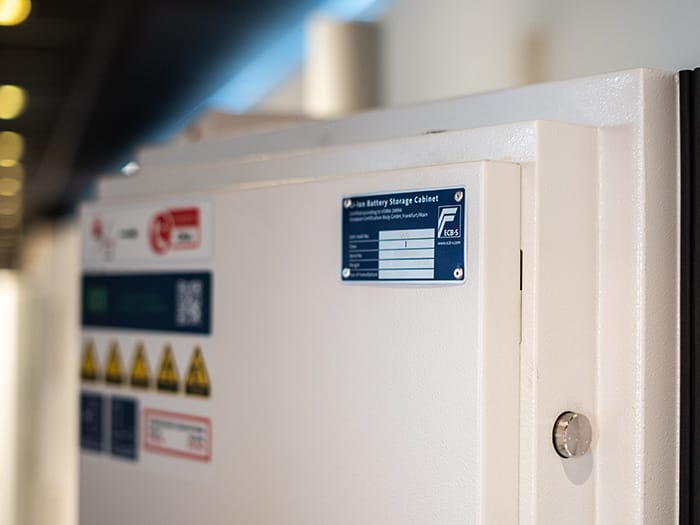
European standard in development
Work is currently underway on a new European standard for the safe storage of lithium-ion batteries. The working group involved is using VDMA 24994 as its basis.
Insurers and safety advisers are already recommending battery safes that meet VDMA 24994. Choosing one now helps you comply with future legislation – and shows internal stakeholders that you’re ahead of the curve.
What about EN 14470-1?
EN 14470-1 is the European standard for storing flammable liquids. It focuses mainly on protection against fires from outside the cabinet. That works well for chemicals, but not for batteries – which can catch fire from the inside.
Even so, EN 14470-1 cabinets are often marketed as safe solutions for charging and storing batteries. But in practice, they do not offer sufficient protection during an actual battery fire.
Frequently asked questions (FAQ)

Get in touch with us
Would you like to learn more about the certifications and regulations surrounding the safe charging of lithium-ion batteries? Our specialists will be happy to tell you all about it. Simply fill in the form below, and we’ll get in touch with you as soon as possible.



